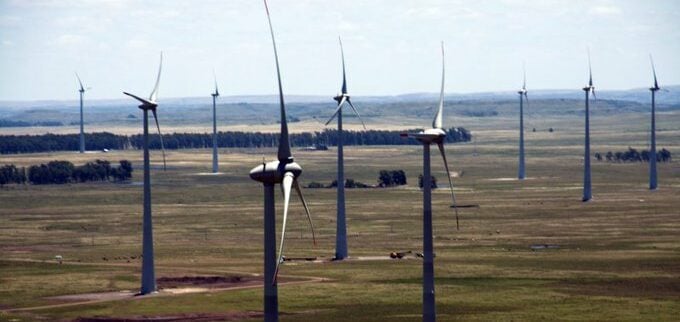Global Energy Monitor (GEM) is a US-based non-profit organization that monitors the development of clean energy.
ADVERTISING
“Rich in wind and solar resources, Latin America has the potential to be a global leader in renewable energy,” says the report.
The researchers highlighted that Latin America will launch large-scale solar and wind energy projects to generate more than 319 gigawatts, equivalent to about 70% of the regional capacity of all current energy generation sources combined.
The projects, which include planned and under construction facilities, will expand solar and wind energy production by more than 460%, highlights the study.
ADVERTISING
This will make the region a prominent global player in the production of renewable energy, according to Kasandra O'Malia, project manager at GEM.
“We are already seeing a big increase. And with all the projects planned, it will be an exponential explosion,” he said.
Brazil, leader of the green boom
Latin America's largest economy, Brazil is leading the green energy boom, with 27 gigawatts of large-scale solar and wind plants in operation, and another 217 gigawatts expected by 2030.
ADVERTISING
President Lula prometo increase clean energy and restore the country's leadership on the climate issue, after four years of deterioration during Jair Bolsonaro's government.
But this development is concretely explained by a 2012 law, which encouraged solar energy in Brazil, by allowing private producers to sell electricity directly to the grid, according to Roberto Zilles, director of the Institute of Energy and Environment at the University of Sâo Paulo.
“It’s cheaper today to produce your own energy” than to buy it, he explained.
ADVERTISING
The report also highlights developments in Chile, a traditional importer of fossil fuels, where wind and solar energy already represent 37% of installed capacity.
Colombia, in turn, plans to incorporate 37 gigawatts of solar and wind energy by 2030.
Source: AFP
See also:




